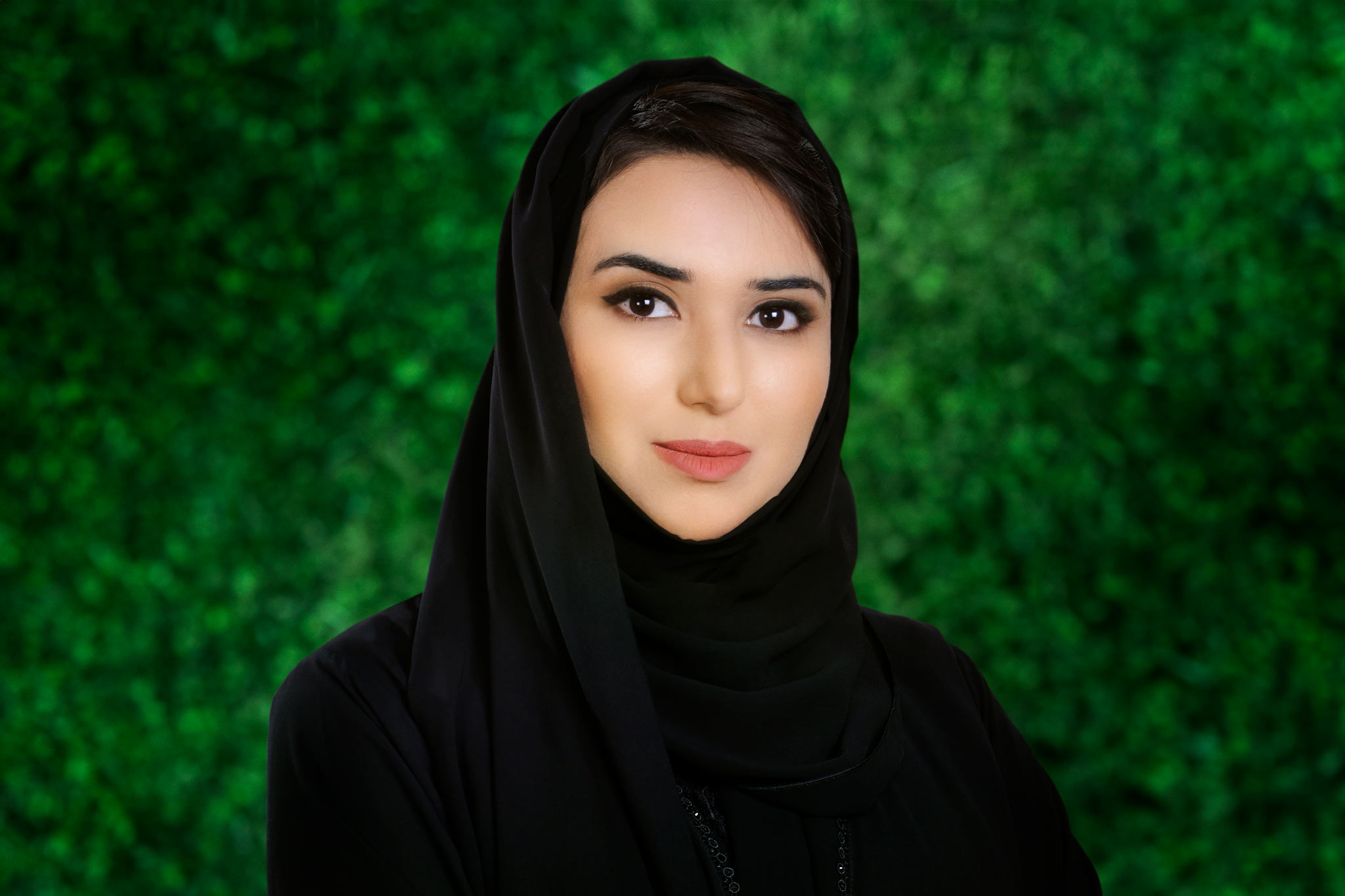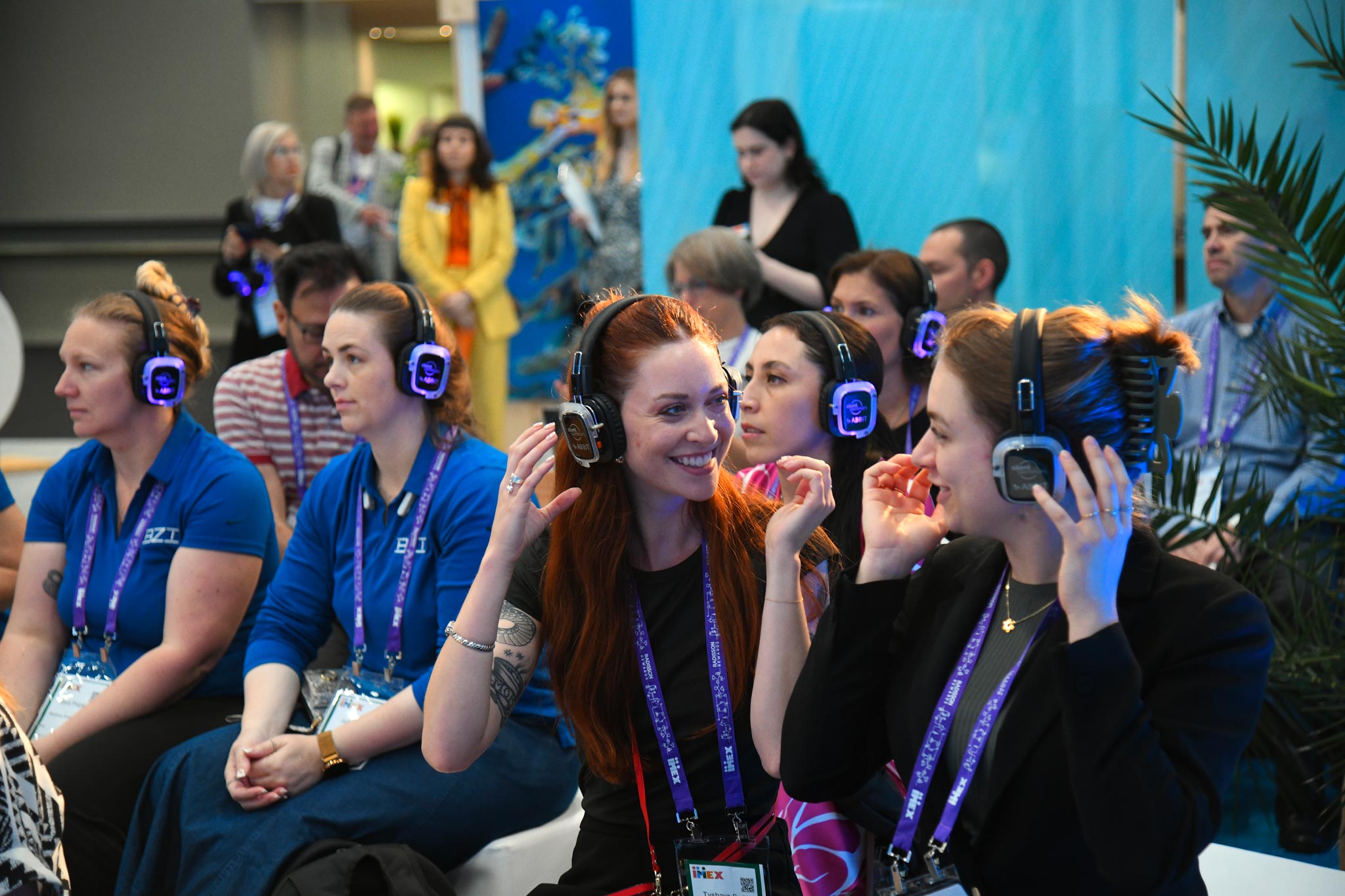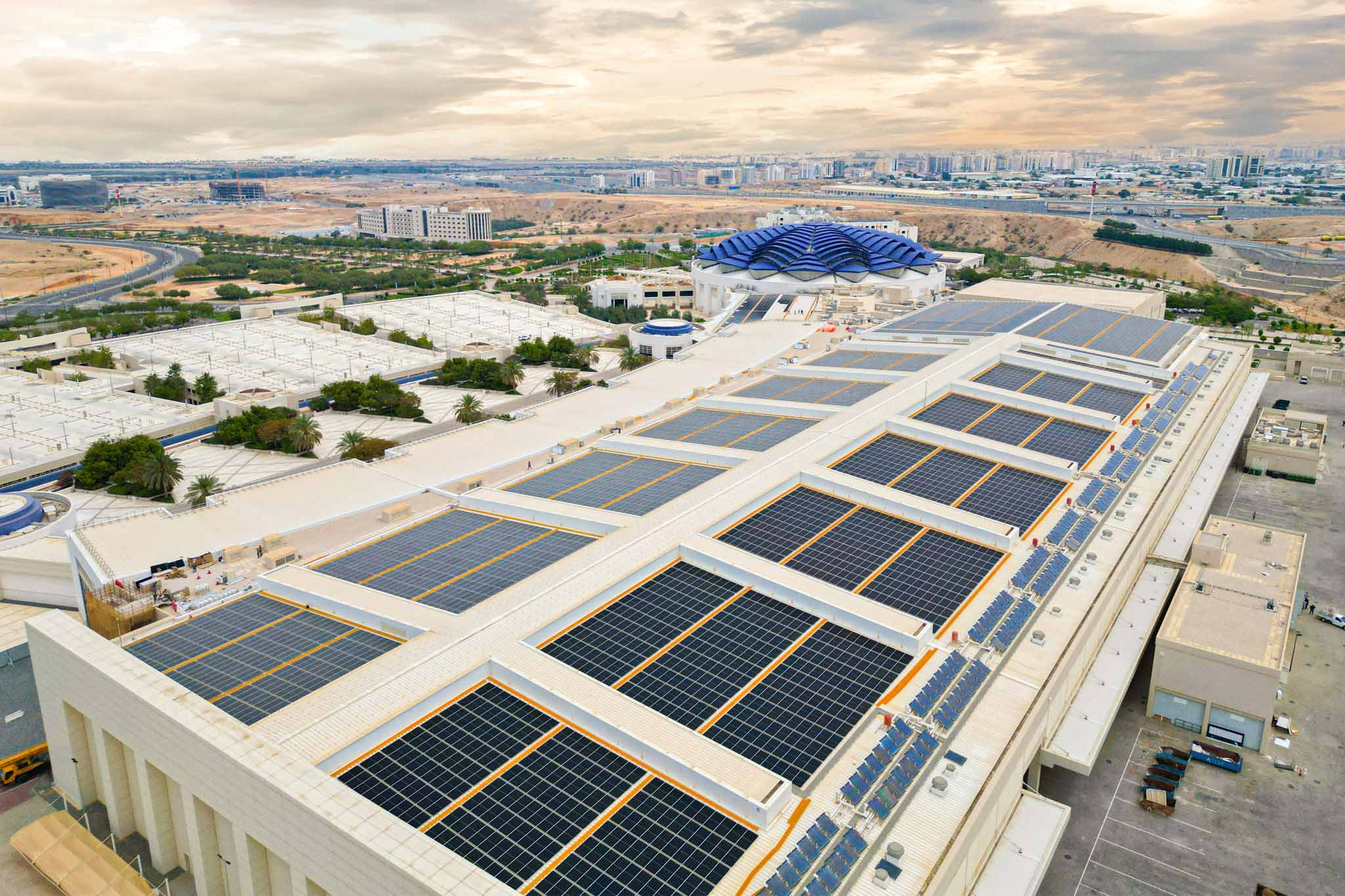Dubai has developed several practices and techniques to enhance the efficiency of the energy sector, rationalise consumption, and find alternative solutions to conventional energy. Dubai Electricity and Water Authority’s, Dewa’s, innovation centre at the Mohammed bin Rashid Al Maktoum Solar Park is a global hub for renewable and clean energy innovation expected to shape sustainable energy’s international future. It is also the largest single-site solar park in the world. The solar park is planned to produce 5,000 MW by 2030 and invest AED50 billion (EUR12,7 billion/USD13,6). Once completed, the park will save over 6.5 million tonnes of CO₂ emissions annually.
An eye-catcher of the solar park is its twisting solar power tower designed as a spire, based on the principles of ‘divine geometry’ seen in Islamic Art. A solar power tower is a system that converts energy from the sun, in the form of sunlight, into electricity that people can use by using a large-scale solar set-up. Dewa marked a breakthrough by entering the Guinness World Records for breaking the world record for the largest Concentrated Solar Power (CSP) project, with the tallest CSP tower at 263.126 metres.
Through the centre, Dewa aims to support innovation and creativity in clean and renewable energy, promote sustainability, develop Emirati talent and enhance the country’s competitive advantage. One long-term goal is to make Dubai a global centre for clean energy and the green economy.
The centre is a landmark and a destination for people who wish to learn about the latest innovations in clean and renewable energy technologies. Last year, it received visitors from 57 countries and hosted four professional training courses, of which more than 90 participants graduated with accredited certificates.
The innovation centre’s research on solar power supports the Dubai Clean Energy Strategy 2050, which aims to diversify the energy mix and provide 100 per cent of Dubai’s total power capacity from clean energy sources by 2050. This target has also been broken down into subtargets. By 2030, they should reach 25 per cent, and this 25 per cent will be achieved through the 5,000 megawatts produced from the solar park.
“We have Photovoltaic solar panel technology that have been used in all our phases. PV solar panels convert sunlight into electricity. They contain semiconductor materials that absorb sunlight and convert it to electricity, the most commonly used of which is silicon. Currently, silicon is being implemented in all phases except phases one and two, where we used a different type of PV panel known as Cadmium Telluride solar panels,” says Dr Aaesha Alnuaimi, Director of the innovation centre, with over ten years of extensive experience in solar energy and sustainability. She holds a PhD and an MSc in Microsystems Engineering with honours from Khalifa University and Masdar Institute, collaborating with the US Massachusetts Institute of Technology, MIT.
The innovation centre serves as a hub for knowledge exchange and houses an auditorium for events, conferences, and training programmes on solar power, renewable energy, and other green initiatives. The centre is an educational platform and is building strong collaborations with universities, startups, schools, and local and international organisations for research and knowledge exchange. It also organises exhibitions.
“For example, our visitors can explore the latest innovations in clean energy technologies, watch pioneering shows using drones and hologram technology, and try several interactive experiences. One of the exhibitions focuses on Dewa’s journey and key historical inventions and innovations in electricity.”
The centre supports the next generation of innovators in clean energy technologies while focusing on developing national capabilities. Aaesha Alnuaimi explains that, for example, they have a Clean Tech Youth Programme, an annual programme for university students who want to learn more about clean and renewable energy.
“We are creating energy resources to reach 100 per cent clean energy”
“We have organised competitions like the Clean Tech Hackathon to allow students to develop new ideas and compete in multiple challenges. We also have an exchange and knowledge-sharing platform like Clean Tech Connect, which is an open platform for people to meet experts in the field and professionals who have achieved great success in clean and renewable energy. It is based on symposia, seminars, and webinars we regularly organise for knowledge sharing. Moreover, we organised the first Technical Solar Conference in the MENA region last year. It was the largest solar conference for scientists and engineers who came to discuss and present their latest research and development in the field of solar energy. We have different initiatives that are meant to develop students’ skills.”
The innovation centre also focuses on many other initiatives. One of them is the Green Building certification. The centre is a platinum-certified building, and it has achieved 101 out of 110 points under this certification, the highest score for a new government building in the world.
Another initiative is the Clean Tech Connect Programme, providing an opportunity for people specialising in clean energy to present their successes in clean energy technologies, exchange knowledge, and raise community awareness about the latest developments and innovations in this field. Since its launch until the end of last year, the programme held 15 seminars and panel discussions attended by over 1,500 participants.
The Shams Dubai is DEWA’s smart initiative to encourage building owners to install photovoltaic solar panels to generate electricity form solar power. Shams Dubai supports the Smart Dubai initiative to transform Dubai into the smartest city in the world. DEWA is committed to high technical standards in its electricity grid. The solar equipment that will be part of the installation requires certification to make sure it complies with the standards that DEWA has developed based on international quality and safety standards.
“Moreover, Dewa’s new headquarters, called Al-Sheraa, is under construction and will be the world’s largest and smartest zero-emission government building when completed. The power for the building will be generated by what is currently the world’s most giant photovoltaic sail to be integrated into a building, generating 4.2 MWp of electrical power. Therefore. This structure has been named Al Sheraa, meaning ‘The Sail’.”
Regarding developments in the next ten years in terms of innovation and technology in solar research, Aaesha Alnuaimi says solar cells are becoming more efficient due to breakthroughs in materials science and engineering. The potential application of perovskites and quantum dots is expected to surpass traditional silicon’s performance barriers. Advances are also anticipated in other solar technologies and the emerging field of green hydrogen, often cited as the fuel of the future. However, challenges remain in developing scalable energy storage solutions to address the intermittency of renewable energy. Promising technologies like solid-state and flow batteries require significant innovations in cost reduction and energy density improvements. Additionally, infrastructure development must keep pace with technological advancements to ensure the efficient integration of these new energy sources into the existing grid.
“Efficient energy storage systems combined with solar energy will be developed. Electrification is also essential because electric cars were not used very effectively five years ago, but now they are becoming increasingly common. So, in the next ten years, we will definitely see more progress in electrification and even hydrogen cars.
“Dubai Clean Energy strategy started with a target of seven per cent by 2020. We surpassed that target by reaching nine per cent in 2020. Now, we have a target of 25 per cent by 2030, and currently, over 16 per cent is powered by solar energy. We have an ambitious goal, but we strive to always exceed our targets to accelerate the transition to a sustainable and green future. We are creating energy resources to reach 100 per cent clean energy by 2050.”



